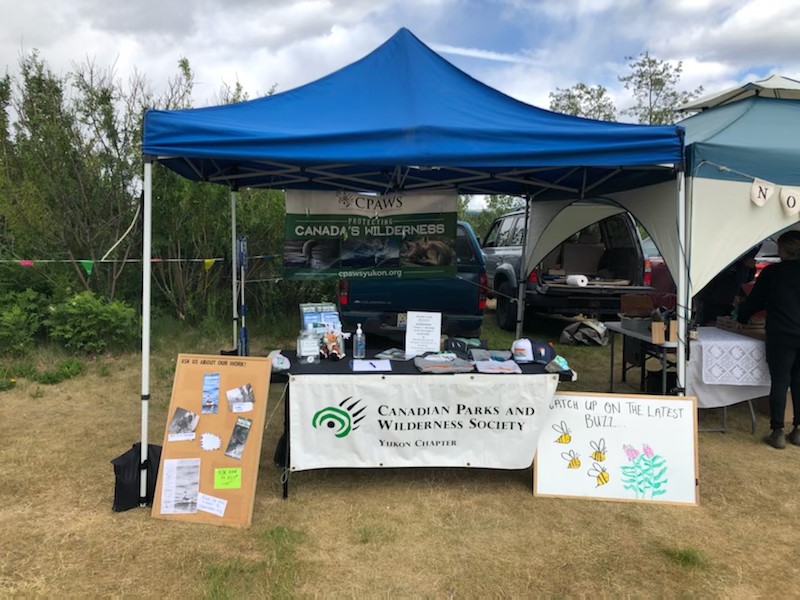A Summer Spent at CPAWS
Written by Preet Dhillon, Conservation Intern
The COVID 19 pandemic proved a challenging year for many universities, as classes shifted from an in-person learning experience to online classes offered remotely. I found myself, along with other students, in a unique and new situation. Instead of attending classes and engaging with teachers and peers on campus, ‘campus’ became the desk in my room while classes were held on the screen of my computer. Come the month of May the remote school year had come to an end; it was time to go back home to the Yukon. After a year of learning online I was looking forward to spending a summer at CPAWS Yukon.
As I reflect on what I have gotten up to in these past few months, I am grateful for the opportunity to have had the position of conservation intern over the summer. Here you will find out how I spent my summer at CPAWS and what I was able to do.
I started out my summer helping Conservation Coordinator, Maegan Elliott, with fieldwork aimed to monitor the biodiversity of McIntyre Creek. I was able to learn about the methods used to capture the biodiversity such as motion trapping cameras, bat detectors and Autonomic Recording Units (ARUs). While setting up these systems we explored a variety of different areas such as soggy wetlands, tall pine and spruce tree forests, aspen groves and more! McIntyre Creek is an incredible area, filled with a variety of plant life and wildlife.
I enjoyed hiking through the McIntyre Creek area and exploring the diversity it has to offer, while learning of how the different methods work, how to set them up and the value that they hold in assessing biodiversity.

I enjoyed exploring McIntyre Creek throughout the summer, and I would encourage many others to do the same. I discovered McIntyre Creek to be a very diverse area, filled a with a variety of plant life, wildlife, and different natural landscapes. I was able to collaborate with the Yukon Conservation Society’s summer intern, as we worked on a booklet called “A Walk-Through McIntyre Creek”. This booklet features directions for a 2km hiking trail and information about the First Nations, natural history, plants, wildlife of McIntyre Creek and more!
Furthermore, with an interest on Yukon bumblebees, I was also able to monitor bumblebee diversity in McIntyre Creek. Blue vane traps were placed at a variety of sites in the McIntyre Creek area, for a few weeks. Each bumblebee was then identified by local biologist Syd Cannings. At one of the sites, I was able to encounter the Western Bumblebee listed as a special concern on species at risk. This allowed me to discover the importance species at risk have on larger scale.
Additionally, after a year away from the farmers market due to the pandemic, we were excited to make a reappearance as we greeted familiar faces and introduced ourselves to some new ones. I was able to spend each Thursday at the market along with other members of the CPAWS team, where we would provide information and updates to the public on CPAWS work. I enjoyed interacting and engaging people on their interests surrounding Yukon wilderness and the CPAWS organization. Despite the windy days that proved challenging when trying to keep displays put together, the farmers market was a delightful experience and would like to thank everyone that dropped by!

I find summers to take a very long time to arrive as we wait for them through the cold months. Interestingly, summers seem to end way sooner than you expect. I find my summer spent at CPAWS, to be similar. Although it was short and sweet, I am fortunate to walk away plenty of knowledge and am thankful for the CPAWS family who made it so great and helped me so much.
